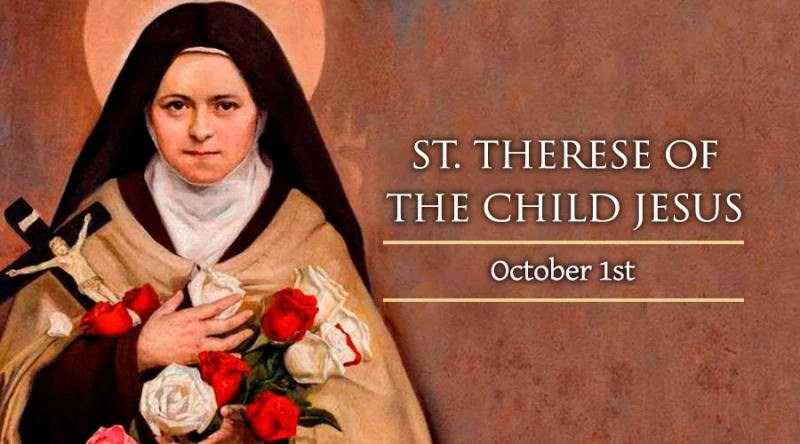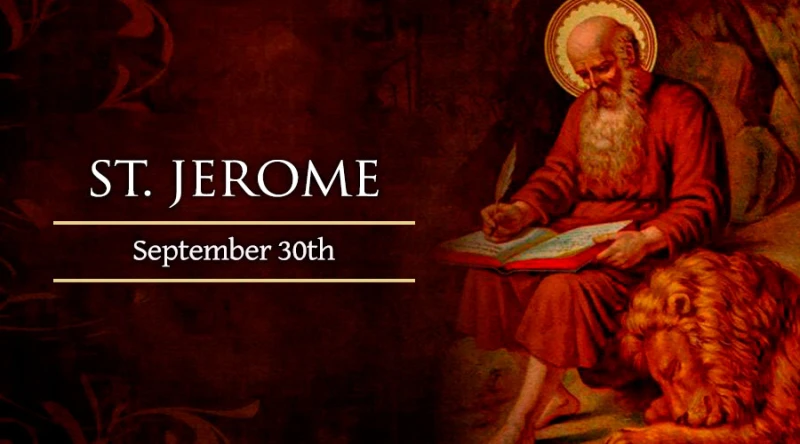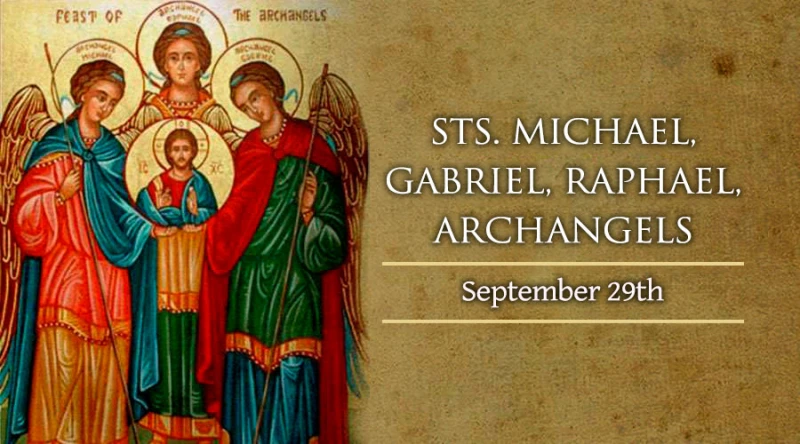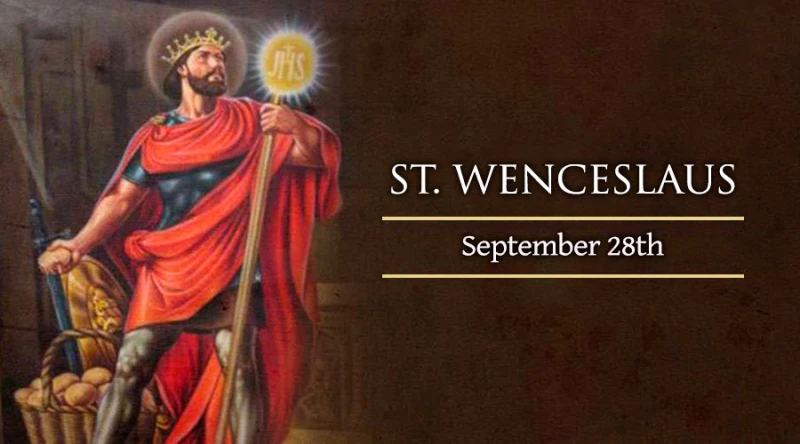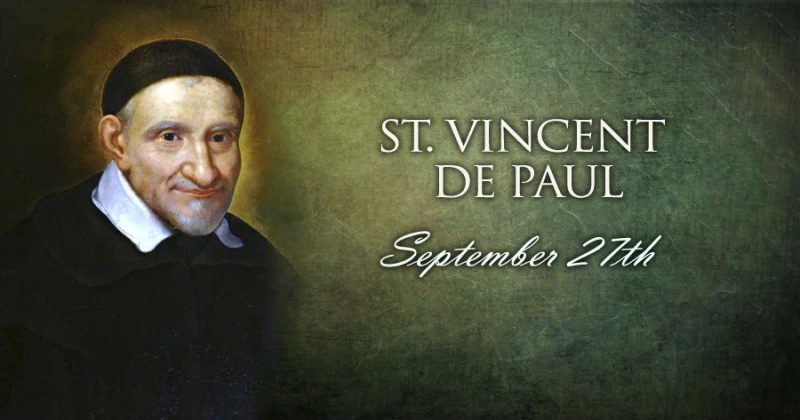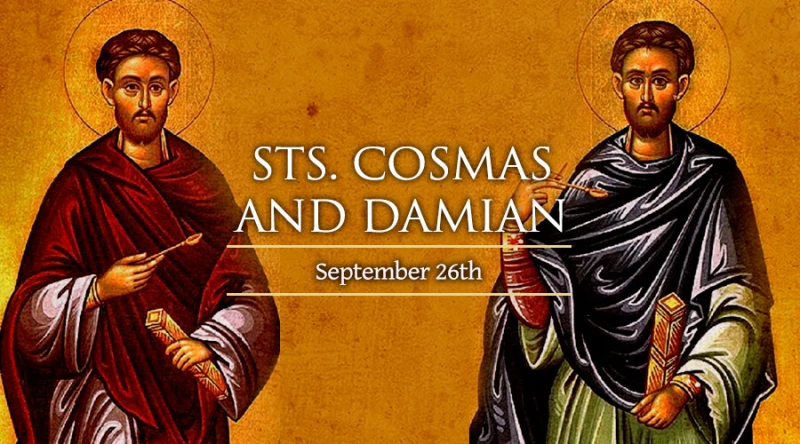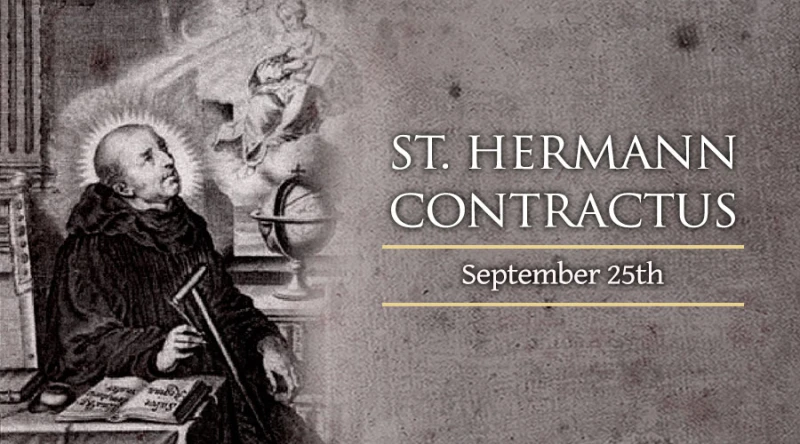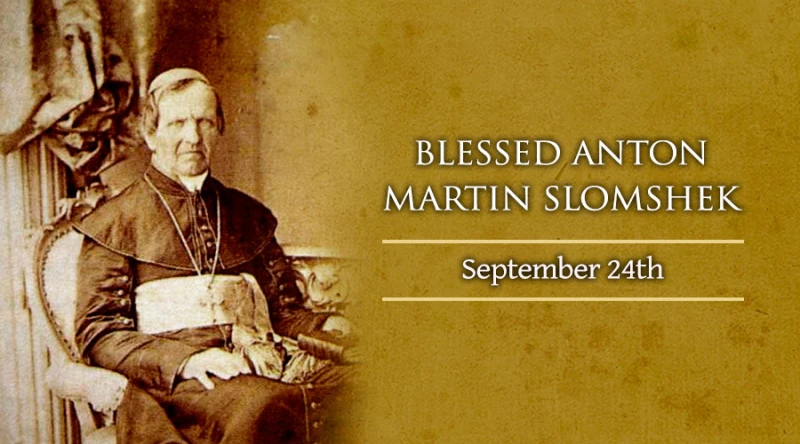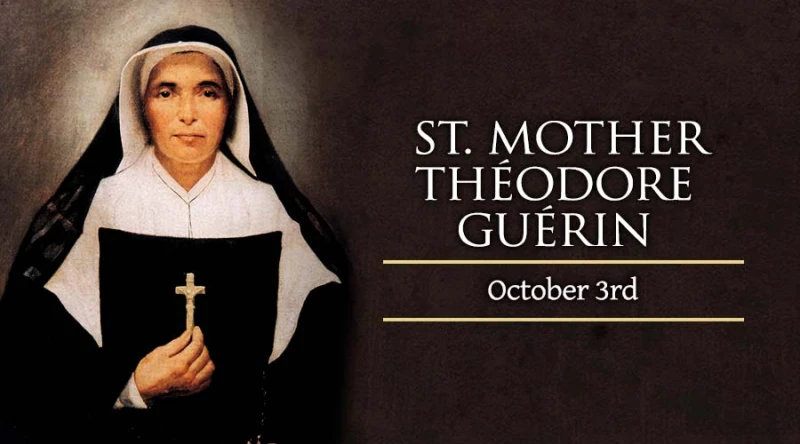
St. Mother Théodore Guérin
Feast date: Oct 03
St. Théodore Guérin, SP, was born Anne-Therese Guerin at Etables, Brittany in France on October 2, 1798.
As she was growing up, the French government was virulently anti-clerical, closing down seminaries and churches and arresting priests and religious. Her cousin was a seminarian who lived in hiding in her parents’ devout Catholic home. He instructed her thoroughly in the faith and she displayed an advanced knowledge of theology, even at a young age.
Anne-Thérèse entered the Sisters of Providence at 26 and devoted herself to religious education. Her intellectual capacities were formidable, and she was even recognized by the French Academy for her acheivements.
In 1840 Mother Théodore Guérin was sent to Indiana, in the USA to found a convent of the Sisters of Providence in the diocese of Vincennes. There she pioneered Catholic education, opened the first girls’ boarding school in Indiana, and fought against the anti-Catholicism prevalent in the day.
She was well known for her heroic witness to faith, her hope, and her love of God. The fledgling years of the convent of Our Lady of the Woods were difficult, with the ever present danger of it being burned down by anti- Catholics. The persecution also came from within the Church, from her own bishop, who, on not being allowed to tamper with the order’s rule, excommunicated her. The excommunication was eventually lifted by his successor.
James Cardinal Gibbons said of her in 1904, that she was “a woman of uncommon valour, one of those religious athletes whose life and teachings effect a spiritual fecundity that secures vast conquests to Christ and His holy Church.”
She died on May 14, 1856 after a period of sickness, and her feast day is celebrated on October 3.
She was beatified by Pope John Paul II on October 25, 1998, and canonized a saint of the Roman Catholic church on October 15, 2006, by Pope Benedict XVI.
Daily Reading
Friday of the First Week in Ordinary Time
Reading I 1 Samuel 8:4-7, 10-22a All the elders of Israel came in a body to Samuel at Ramahand said to him, “Now that you are old,and your sons do…
Daily Meditation
Whole Again
Click here for daily readings “Which is easier, to say to the paralytic, ‘Your sins are forgiven,’ or to say, ‘Rise, pick up your mat, and walk’?” This is Christ’s…





